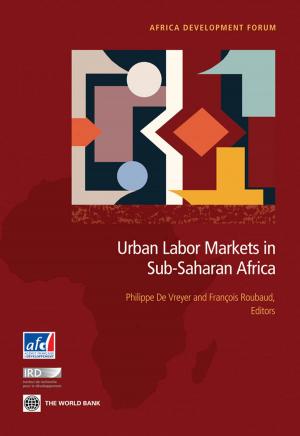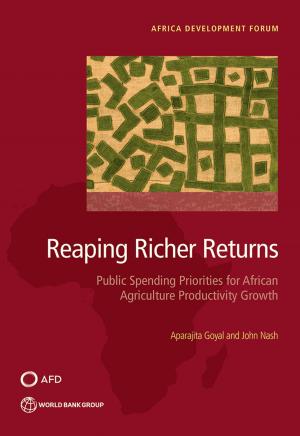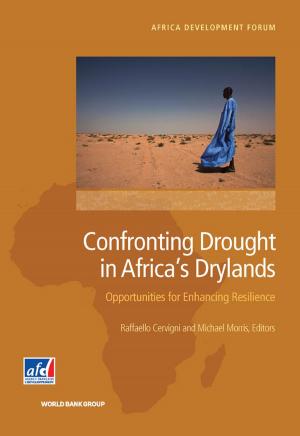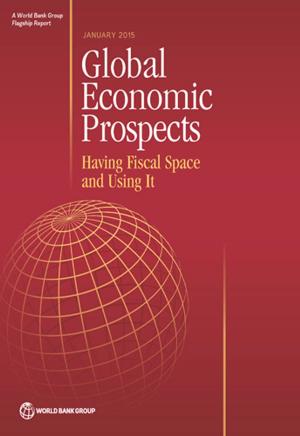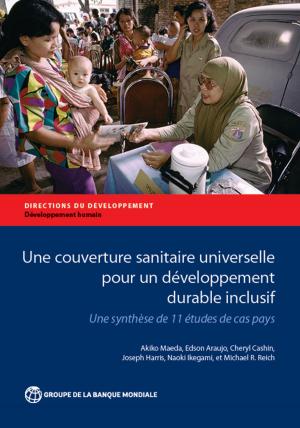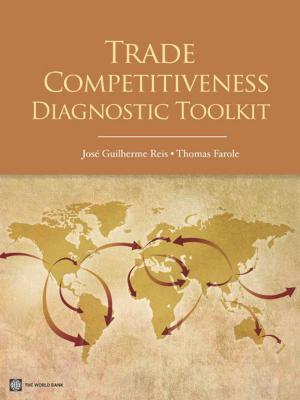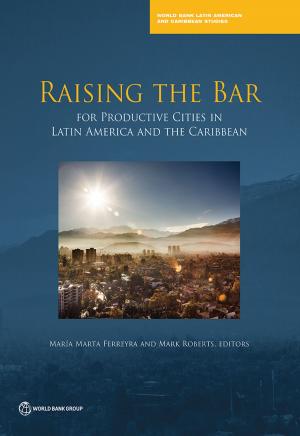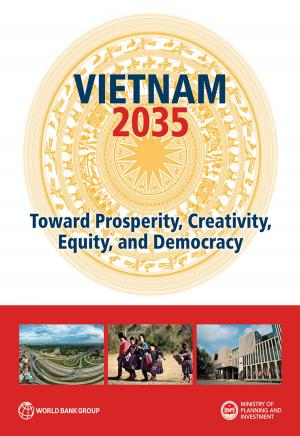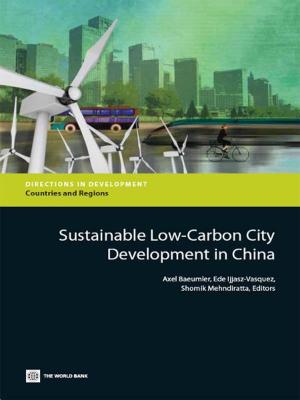More and Better Jobs in South Asia
Business & Finance, Career Planning & Job Hunting, Labor, Human Resources & Personnel Management, Skills, Entrepreneurship & Small Business| Author: | World Bank | ISBN: | 9780821389133 |
| Publisher: | World Bank Publications | Publication: | December 20, 2011 |
| Imprint: | Language: | English |
| Author: | World Bank |
| ISBN: | 9780821389133 |
| Publisher: | World Bank Publications |
| Publication: | December 20, 2011 |
| Imprint: | |
| Language: | English |
South Asia has created nearly 800,000 jobs per month during the last decade. Robust economic growth in large parts of the region has created better jobs -- those that pay higher wages for wage workers and reduce poverty for the self-employed, the largest segment of the region’s employed. Going forward, South Asia faces the enormous challenge of absorbing 1 to 1.2 million entrants to the labor force every month for the next two decades at rising levels of productivity. This calls for an agenda that cuts across sectors and includes improving the reliability of electricity supply for firms in both urban and rural settings, dealing decisively with issues of governance and corruption, making access to land easier for urban informal firms and strengthening transport links between rural firms and their markets. It requires improving nutrition in early childhood to avoid cognitive impairment, intensifying the focus on quality of learning in education systems, equipping workers with the skills that employers demand, and reorienting labor market regulations and programs to protect workers rather than jobs. The continuance of high economic growth to help improve job quality is not assured. But the region’s demography can provide a favorable tailwind. The growth of workers exceeds that of dependents in much of the region. The resources saved from having fewer dependents can be shifted to high-priority investments in physical and human capital accumulation necessary to create productive jobs in countries with an enabling policy framework. But the demographic window of opportunity is open for only the next three decades, a fact which lends urgency to the reform agenda. This book will be of interest to policy makers, their advisers, researchers and students of economics who seek solutions, not only to the challenge of creating more and better jobs in South Asia but globally as well. It is the first title in South Asia Development Matters,a new series that will serve as a vehicle for in-depth synthesis of economic and policy analysis on key development topics for South Asia.
South Asia has created nearly 800,000 jobs per month during the last decade. Robust economic growth in large parts of the region has created better jobs -- those that pay higher wages for wage workers and reduce poverty for the self-employed, the largest segment of the region’s employed. Going forward, South Asia faces the enormous challenge of absorbing 1 to 1.2 million entrants to the labor force every month for the next two decades at rising levels of productivity. This calls for an agenda that cuts across sectors and includes improving the reliability of electricity supply for firms in both urban and rural settings, dealing decisively with issues of governance and corruption, making access to land easier for urban informal firms and strengthening transport links between rural firms and their markets. It requires improving nutrition in early childhood to avoid cognitive impairment, intensifying the focus on quality of learning in education systems, equipping workers with the skills that employers demand, and reorienting labor market regulations and programs to protect workers rather than jobs. The continuance of high economic growth to help improve job quality is not assured. But the region’s demography can provide a favorable tailwind. The growth of workers exceeds that of dependents in much of the region. The resources saved from having fewer dependents can be shifted to high-priority investments in physical and human capital accumulation necessary to create productive jobs in countries with an enabling policy framework. But the demographic window of opportunity is open for only the next three decades, a fact which lends urgency to the reform agenda. This book will be of interest to policy makers, their advisers, researchers and students of economics who seek solutions, not only to the challenge of creating more and better jobs in South Asia but globally as well. It is the first title in South Asia Development Matters,a new series that will serve as a vehicle for in-depth synthesis of economic and policy analysis on key development topics for South Asia.


